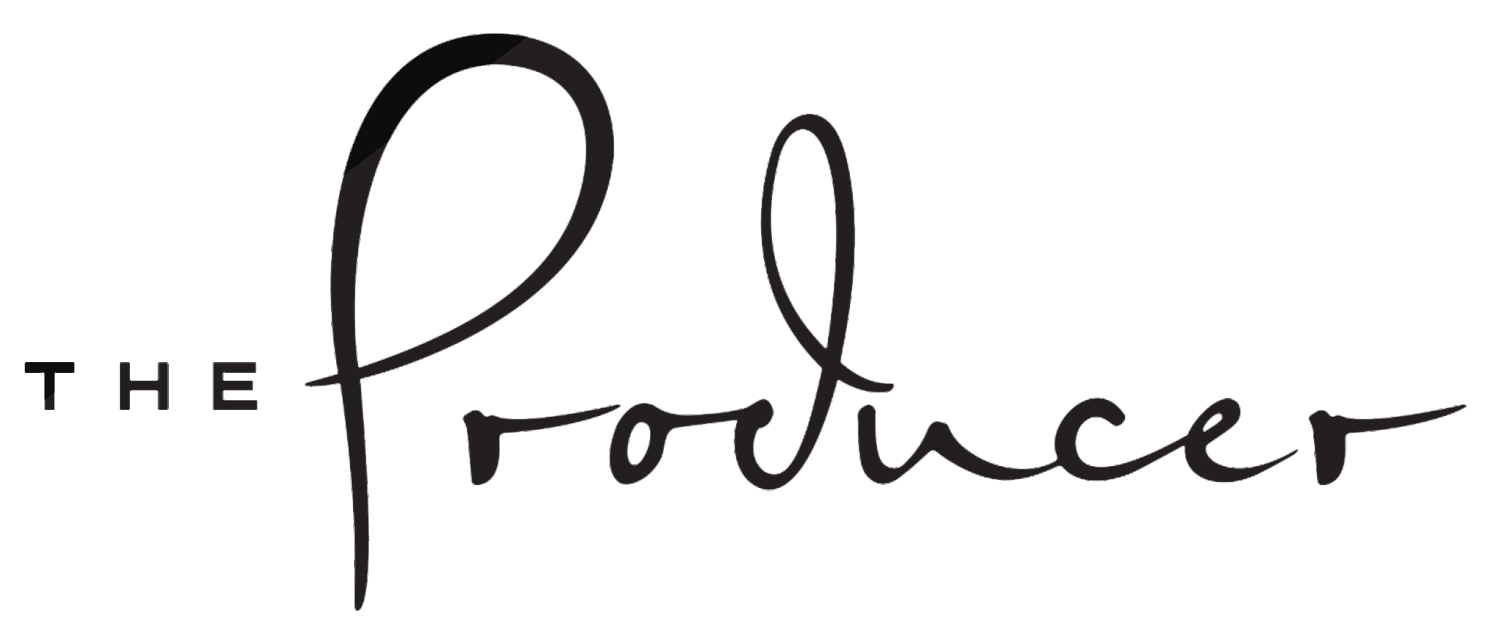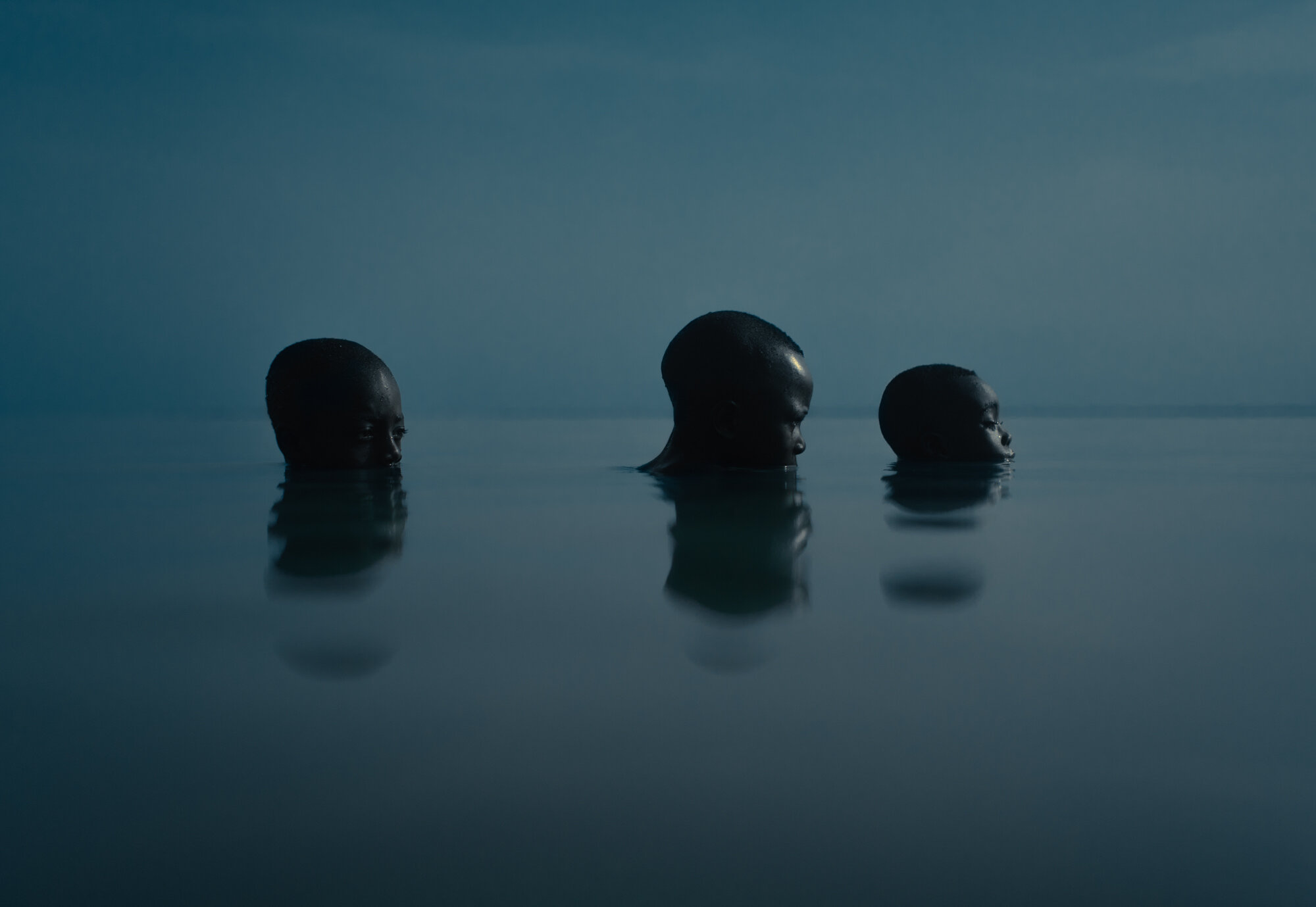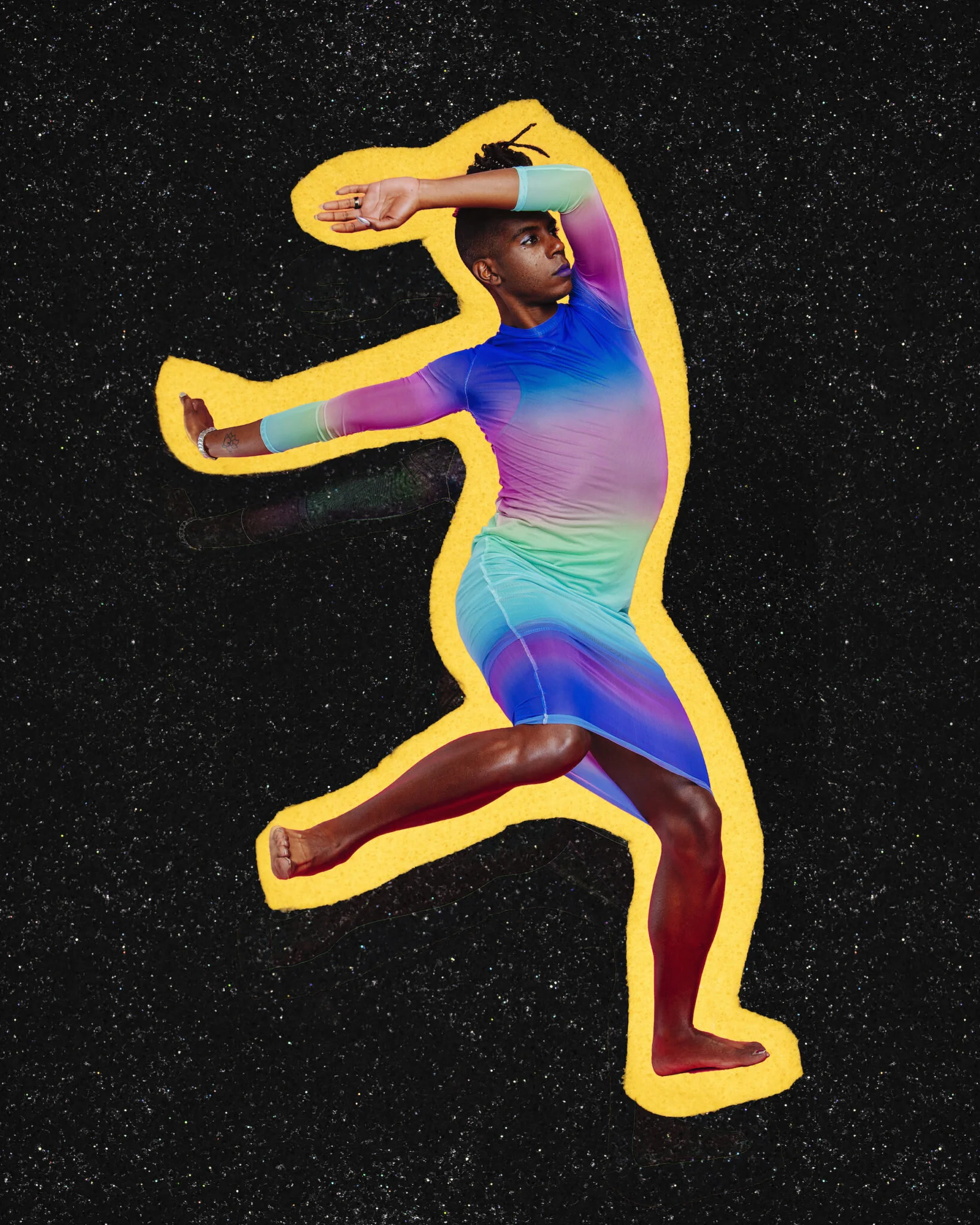Round Up Week of January 21
/The Producer’s picks for this week’s news relevant to the photography, art, design and production industries:
1) A Triumphant New Video is Honoring Kamala Harris’s Historic Inauguration
Photo by Tommy Oliver courtesy of the artist and Gallery Wendi Norris, San Francisco.
A group of seven women artists of color are collaborating to mark the inauguration of Kamala Harris as America’s next vice president with When We Gather, a new artwork presented by New York public art nonprofit Creative Time.
The idea for the project first came to Afro-Cuban artist María Magdalena Campos-Pons the day the November election was called in favor of Joe Biden and Harris.
In her acceptance speech, the vice president-elect—the first woman, the first Black person, and the first person of South Asian descent to hold the post—thanked her late mother, Shyamala Gopalan Harris, who moved to the US from India at just 19 years old.
“Harris claimed this moment for ‘the generations of women—Black women, Asian, White, Latina, and Native American women throughout our nation’s history who have paved the way for this moment,’” Campos-Pons said in a statement. “She called on us all: mothers, grandmothers, sisters, aunts, girls; cis and trans, to celebrate with her. When We Gather is our collective answer to her invitation.”
2) Vivian Maier, a nanny turned photographer, gets biggest ever show in Paris next year
Estate of Vivian Maier, Courtesy of Maloof Collection and Howard Greenberg Gallery, NY
Unseen works and Super 8 films reveal new aspects of her practice.
The largest exhibition ever dedicated to the late photographer Vivian Maier, the secretive nanny who photographed people in the streets of Chicago, is due to open next year at the Musée du Luxembourg in Paris (15 September 2021-7 January 2022). The show will include previously unseen works such as Super 8 films along with audio recordings which “throw new light on her practice”, according to a statement.
“Although the work is eclectic, we will also see how it is homogeneous, dense, and logical in its evolution, sitting at the crossroads of US visual culture and street photography. Her work also looks to French humanist photography,” Morin says.
The show in Paris has the blessing of the Vivian Maier estate which is lending many of the archive works and films. Maier died in spring 2009 without known heirs in a remote Chicago nursing home, after slipping on ice and hitting her head.
She spent her childhood in France and her adult life in Chicago, taking more than 120,000 photographs but never wanted the images to be seen.
Read more…
3) Lake Volta— Jeremy Snell
Boys of Volta © Jeremy Snell, courtesy of Open Doors Gallery.
Jeremy Snell captures the arresting landscapes of Lake Volta and the fisher-boys who inhabit them.
Lake Volta in Ghana is one of the largest man-made lakes in the world. Spanning 250 miles, it stretches from the Akosombo Dam in the southeast, which generates a substantial portion of the country’s electricity, to the small town of Yapei in the north. Beneath its placid surface stand the skeletons of once dense forests. Worn tree trunks rise up and out of the water; eerie and beautiful at once. Intermittent storms stroke its surface as flashes of lightning tear through the sky, and rumbles of thunder surround it. The water is perpetually warm.
Lake provides a source of tourism and a waterway for transportation, but a large portion of Ghana’s inland freshwater fish is also sourced from it by the multitude of fishing communities surrounding it. The work is arduous, dangerous and often completed by children, many of who are trafficked and enslaved by the industry. Jeremy Snell first visited Lake Volta alongside the NGO International Justice Mission, photographing for their campaign against trafficking minors. Travelling with the NGO allowed him to be immersed in the community. The images he created were distinct and compelled Snell to pursue a project of his own, collaborating with the fisher-boys he encountered. “The images I was coming out with were unlike anything I’d taken before,” he reflects.
4) Industry Insights with Gia Goodrich
© Gia Goodrich
…on Advertising, Activism and Representation.
Gia Goodrich builds a photographic practice around authentic representation — so that when brands want to do better, they come knocking. BJP caught up with the Portland-based photographer to talk about how to market yourself, make an impact, and the intersections of advertising and activism. Gia Goodrich is not your typical commercial photographer. She’s not white, straight or male; she’s vocal about her ADHD. She never trained in photography, nor did she take the traditional assisting route. And after 15 years in the industry, she’s learnt that shrinking herself to fit into pre-existing spaces isn’t an option. She has to carve out her own.
With a practice rooted in authentic representation, the Portland-based photographer’s portfolio bursts with defiant celebrations of queer love, trans identity, plus-sized bodies and rich Black skin. Diversity is her driving force, and her adeptness in communicating this to the world has snagged the attention of clients including Nike, Adidas and Pandora.
So what three things can photographers take away from Gia Goodrich’s philosophy to garner attention from brands in 2021? Be visible; find your “thing” and speak to it all the time. Be creative in how you reach out to people. And turn your imposter syndrome into a positive driving force, because it’s not going away. As for where brands should be going next: “I would love to see more brands collaborating with experienced art directors — people who have been in the industry a long time — and then rolling the dice and bringing in new talent to actually create the thing,” she says. “To me, that seems like the sweet spot of meaningfully creating the inclusion and diversity and representation that we really want to see, while mitigating the risk in someone who doesn’t have the experience.”
Read more…
5) NY Mayoral Candidate Andrew Yang’s Plan to Boost the City’s Art Community
A still from Andrew Yang's campaign video.
Subsidize TikTok Hype Houses!
He also promises an aggressive plan to put light shows on monuments.
This week, Andrew Yang formally announced his candidacy for New York City mayor. And he did so with a splash, tapping Darren Aronofsky—a Hollywood director whose films are almost as notable as his vast collection of all-seasons scarfs—to direct his campaign announcement video.
The internet immediately went to town on the video, dunking on the candidate like….well, like Andrew Yang on a comically-low rim.
But Yang’s candidacy also brought more scrutiny to what, exactly, he was promising for New York. For the arts community, the unveiling of Yang’s campaign website offered an important look at his plans to support culture at a crucial juncture in the city’s history.
Ideas on the “Culture, Society, and Nightlife” section of the Yang site include promising “the biggest Post-Covid Celebration in the world,” making cocktails-to-go a permanent feature of the city’s culture, legalizing marijuana, and bringing full Broadway shows into public parks.
But Yang also offers some policy ideas of narrower interest to visual artists. “Our administration will partner with larger institutions to help subsidize rent for resident artists in buildings,” the site states. “These up-and-coming creators deserve a place to cultivate their craft and the city has a role to play in supporting their dreams.”
Read more…
6) What and who will define beauty in the year 2050?
Credit: Chen Man
The definition of beauty changes all the time. And sometimes, as society develops, it goes in cycles, like the changing of the four seasons. Not so long ago, Chinese people saw fashion as something that came from the West. Afraid to make "mistakes," they looked to Europe and America to see which standards had been set. As a result, fashion in China looked pale and blurry.
But now, the Internet, technology and social media have rendered the world flat. Fashion can be accessed from anywhere, with styles from around the world cohabiting and influencing one another. Go to a high-end Beijing department store, for instance, and you'll see shoppers holding Hermes bags and wearing Chanel tops with Uggs - all while holding a string of Buddhist prayer beads in their hands. Fusion is the future of fashion.






